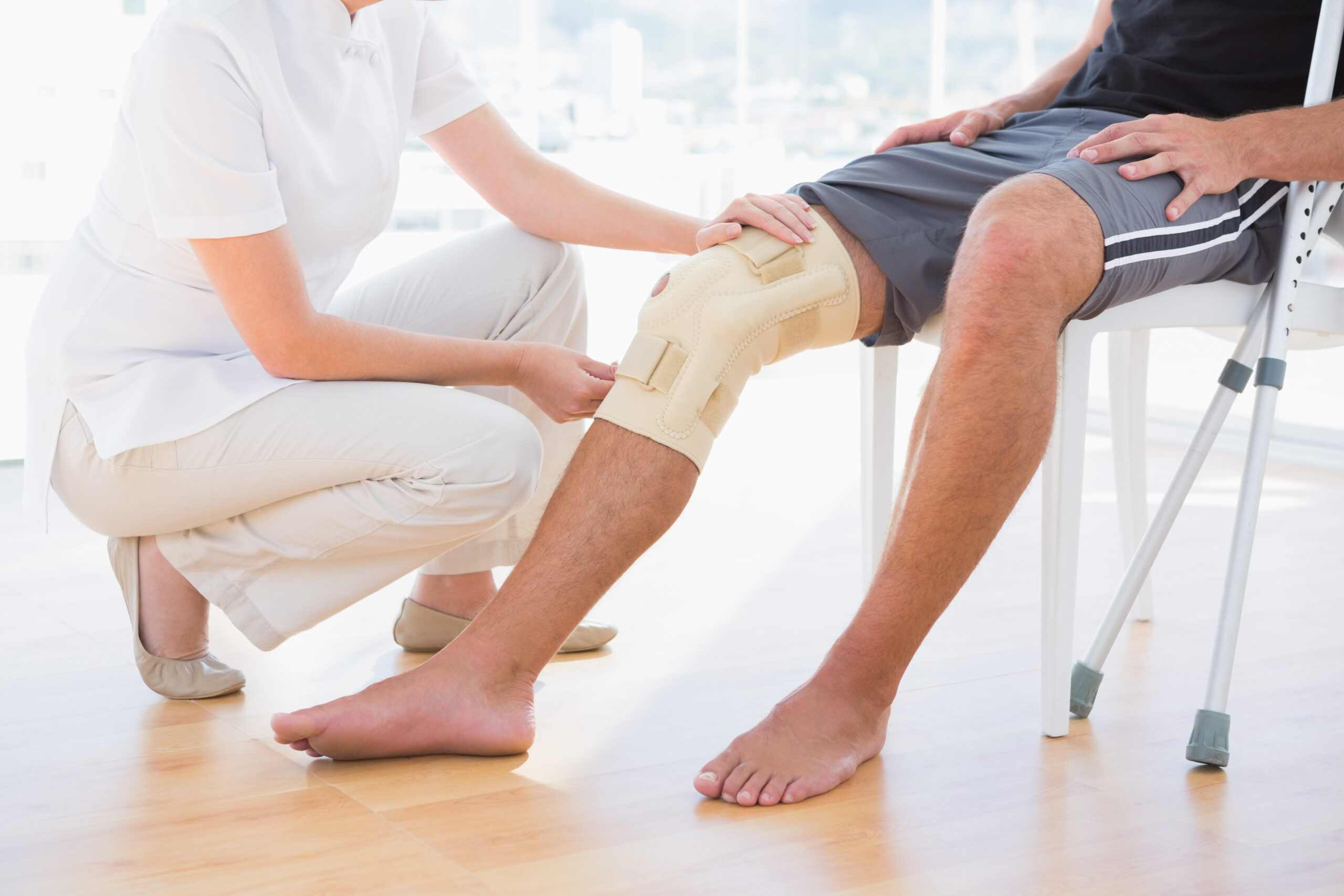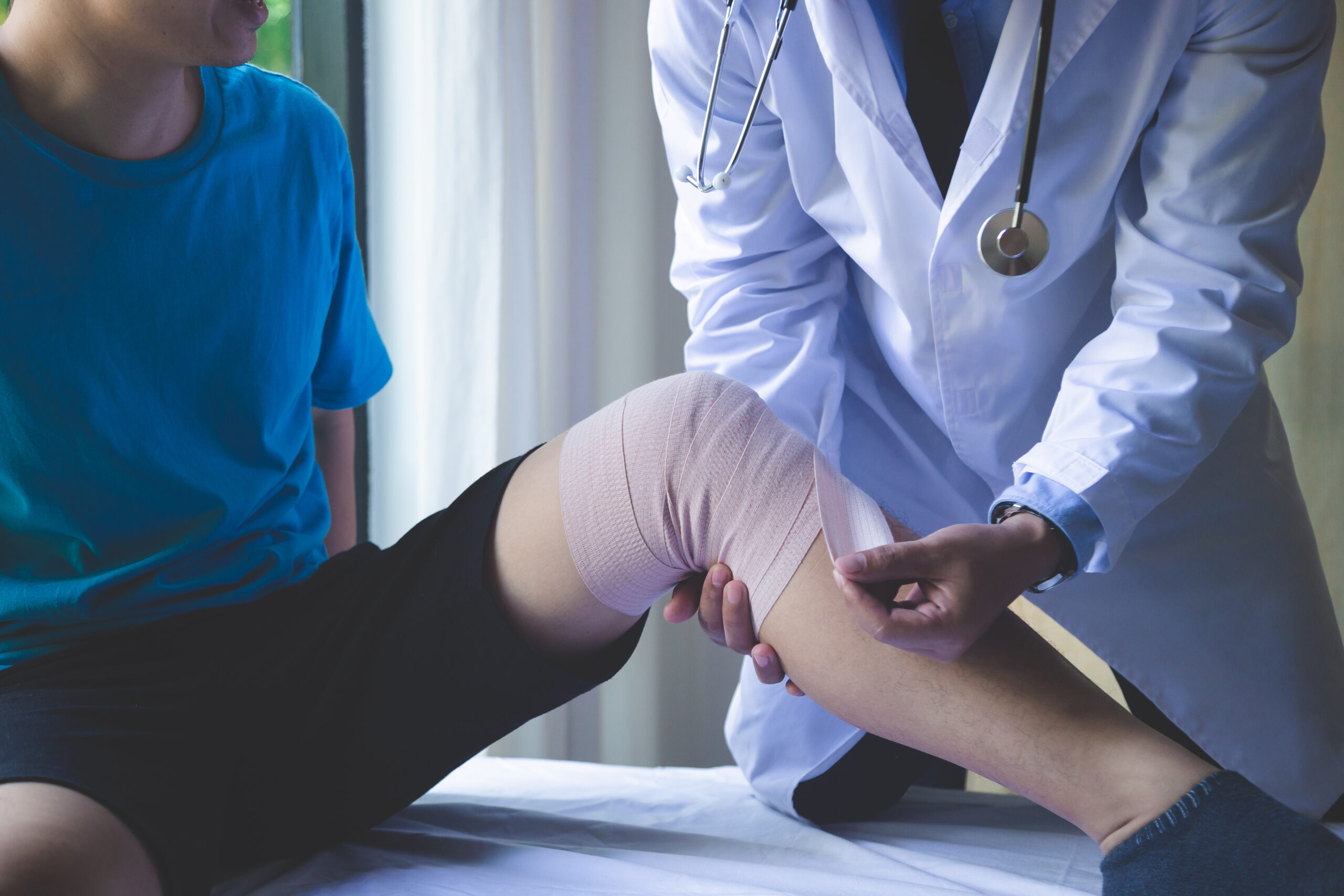
Accidents are an inevitable occurrence in our lives, be it as an athlete, a working individual, or just doing our everyday tasks. It is critical to understand the distinction between acute injury and chronic injury in order to receive appropriate treatment and eliminate future issues.
At Avant Medical Group, we assist patients in treating acute injuries and chronic injuries using individual regimens to accelerate the healing process and regain quality of life. This guide will tell you the difference between these injuries, how they are treated, and when to visit a doctor.
What Is an Acute Injury?
A sudden injury is referred to as an acute injury that is brought about by an event, a mishap, or a collision. It may occur in a moment during sports, falling, or collision. Sprains, broken bones, cuts, bruises, or dislocated joints are such examples. These types of injuries would produce acute pain, swelling, or restricted mobility immediately. They tend to require immediate medical attention as they occur very abruptly and in this way cannot be healed without complications.

What Is a Chronic Injury?

Chronic injury occurs gradually as a result of constant stress or overuse of muscles and joints. It does not occur suddenly as an acute injury does but increases over time. Popular ones are tendinitis, stress fractures, shin splints, or repetitive-motion shoulder pain. The discomfort tends to appear and disappear with activity but worsen when physical activity occurs. When injured, chronic injuries should be treated early to avoid greater troubles later on.
Key Differences Between Acute and Chronic Injuries
Although both of these kinds of injuries touch upon the tissues in the body and the general locomotion, here is how they differ in black and white:
Cause:
- Acute: an acute injury is caused by an unforeseen rapid trauma, such as a fall, a twist, or a direct impact in the context of playing sports, or as a part of everyday life.
- Chronic injuries happen over time due to repetitive stress, bad movement patterns, or when you abuse certain muscles and joints.
Onset:
- Acute injuries are those that arouse sharp pains and occur immediately during the accident, with instant symptoms such as swelling or bruising.
- Chronic injuries, on the other hand, are apparent and silent at first, with a gradual buildup over a couple of weeks or months as the repetitive process continues.
Treatment:
- Acupuncture and acute injuries normally need rapid first aid, rest, and medical operations to stabilize and repair the hurt body part.
- Chronic injuries require a more extensive recovery program, involving physical therapy, modification of lifestyle, and prevention of recurrence of flare-ups.
Common Symptoms of Acute vs. Chronic Injuries
Acute Injuries:
- Sharp, sharp pain that has an onset at the instant of trauma.
- Minutes, or hours, there is swelling, apparent bruising, or bleeding around the injured location.
- Immediately after the injury, limited or painful movement of the injured joint or muscle is seen.
- An abnormal appearance of a deformity or misalignment that would include where a bone appears to be in the incorrect position or a joint that is out of place and obvious.
Chronic Injuries:
- Monotonous aches and pains, which are intermittent and never totally gone, particularly due to repeated use.
- Rigidity of muscles or joints, particularly when two or more hours of sleep have passed, e.g., morning upon awakening.
- a swelling or inflammation aggravated by motion or repeated motion.
- Discomfort or pain that does not completely resolve with rest and possibly needs to be adhered to by medical care to set right.
When to See a Doctor
Either the injury occurs quickly or gradually but there are some symptoms that also require your immediate medical assistance:
- Pain which is severe above and beyond or which is sharp and does not improve with rest or ice or simple homely treatment.
- Any numbness, tingling or loss of feeling around or close to the damaged body region, indicating a possible nerve damage.
- Deformity that can be seen, such as the appearance of a bone, out of place, or an appearance of a misshapen joint.
- Repeated pain or aches which cannot be solved simply by going on leave or changing the activities.
- Trouble moving or moving around or using the hurt body portion, e.g. not being able to stand on a leg, lift your arm in the proper way.
The experienced team of our providers at Avant Medical Group assists you with diagnosing and treating your acute and chronic injuries with individual attention to make sure you can safely recover and get back to your usual routine as quickly as possible. Explore our comprehensive injury treatment services to learn more about how we can help.
How Are Acute Injuries Treated?
A properly treated acute injury requires immediate proper care to heal an acute injury and to avoid complications. It is recommended to take the following measures:
- R.I.C.E. technique: Relax the affected region, put Ice on the injured region to decrease swelling, apply Compression on the affected zone by employing bandage or wrap, and raise the region to a level higher than the heart to aid in reducing the inflammation and the pain.
- Analgesia: Over the counter (OTC) pain killers such as ibuprofen or acetaminophen may be prescribed in order to improve pain and reduce short-term swelling.
- Immobilization: Wear a brace or splint or a cast to fix the injury and to prevent excessive movement in the injured joint or bone whilst it is healing.
- Physical therapy: After curative healing takes place, remedial activities are used to aid recovery, strengthen, restore motion, and ensure that they do not stiffen up.
- Surgery: In severe conditions, such as those involving the broken bones which fail to combine in a correct manner or relevant torn ligaments, surgery may be required to cure the damage and guarantee completeness.
How Are Chronic Injuries Treated?
Acute damage requires an accelerated process to completely recover but chronic ones require slower more exhaustive method to get to a full recovery and avoid subsequent flare-ups:
- Activity modification: Altering or avoiding motions that stress the damaged part which may cause more harm.
- Physical therapy: Specially designed exercises and stretching to firm muscles around the site of the injury, improve flexibility, and decrease tension and pressure on the damaged area.
- Anti-inflammatory medications: Administration of medication, ice compresses, or cortisone injections to deal with constant inflammation and pain.
- Ergonomic mods: These adjust the posture to something better in workspaces or switch sports to remove some repetitive stress in vulnerable spaces.
- Surgery: In instances where nonsurgical options prove unhelpful, surgery can be administered in the case that the tissue is damaged or underlying conditions are faulty.
Avant medical group is a personalized care plan provided for chronic injuries to assist you to recover confidence, according to movement, and avoid re-injury. Learn more about our specialized services for chronic injury recovery.
Preventing Injuries in the Future
A lot of injuries (both short-term and chronic) can be prevented through intelligent routines and taking action:
- Warm-up: Adequate stretching and warming of the muscles is always desired before the sport, workouts, or any other physical activity.
- Be techniquewise: Ensure you learn and utilize proper body mechanics when exercising, when lifting light or heavy items or when performing repetitive activities such that you avoid straining yourself unnecessarily.
- Be aware of your body: Listen to your body and rest as soon as you start feeling some unrest or pain so as not to aggravate your injury.
- Put on protective items: Wear the correct helmets, braces, or padding when playing sports or when doing heavy work to lessen the possibility of injuries due to impact.
- Book appointment: Timely visits to your provider are important as they would enable early detection of small problems by preventing large ones and maintaining a healthy body.
Check out our medical news and tips for more advice on staying healthy and preventing injuries.
Conclusion
Awareness of the distinction between an acute injury and a chronic injury guides you in making the necessary and correct steps towards quick recovery and permanent well being. Acute injuries occur accidentally and require urgent treatments. Chronic injuries are progressive and need a well-planned dynamic approach.
Injured? Know the Difference Between Acute and Chronic Pain to Get the Right Care!
Don’t let pain slow you down. Contact us now or book an appointment online for specialized acute and chronic injury treatment!
📞 +212-245-6893
📍 233 Broadway Suite 2750 New York, NY 10279
Frequently Asked Questions (FAQs)
Answer: The defining characteristic is how they occur: an acute injury occurs suddenly due to one event like a fall or a collision, and a chronic injury occurs over time due to repetitive stress or excessive use.
Answer: Yes; if the acute injury is not treated properly or if you return to activity too quickly, the acute injury can develop into a chronic injury with ongoing pain and complications.
Answer: Treatment of an acute injury can depend on the injury’s severity. Minor acute injuries like mild sprains or a bruise can take just a few days to heal, and a severe injury like a fractured bone can take months to heal, likely needing surgical intervention and a rehabilitation plan.
Answer: You should visit a doctor’s office if pain is consistent over a few weeks, the pain consistently returns, or the pain interferes with daily activities regardless of rest and self-care. Your doctor will be able to provide a proper diagnosis and treatment plan.
Answer: Warming up properly, using appropriate techniques when playing sports or doing work, listening to your body and resting when necessary, wearing protective gear, and seeing a doctor for early warning signs of strain can help avoid more serious injury.
